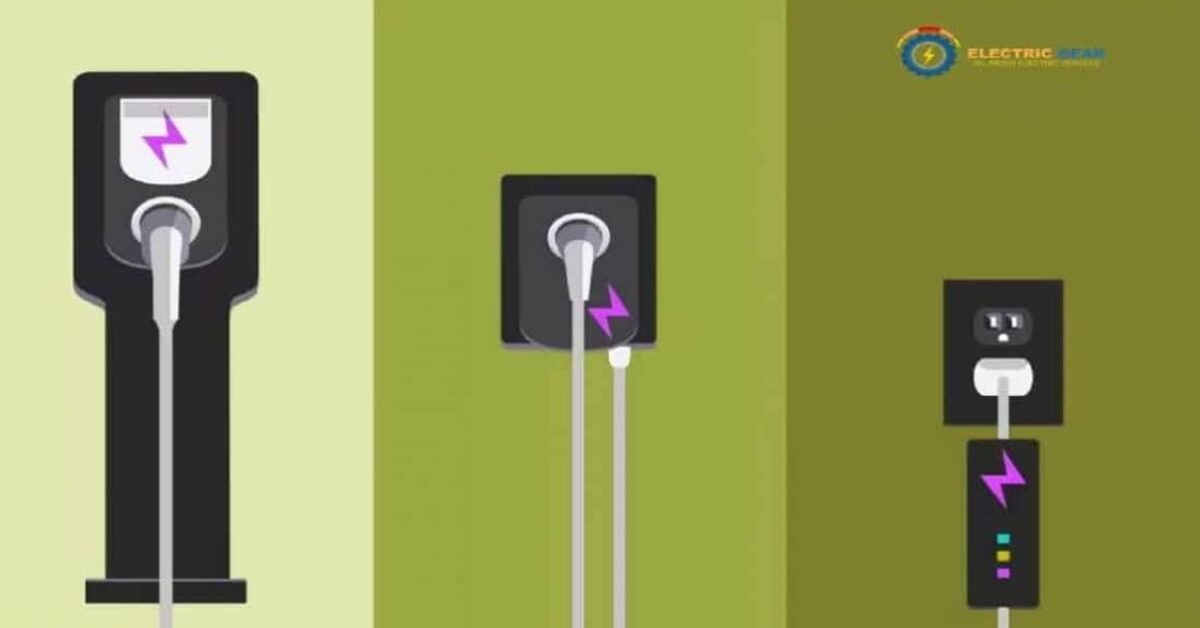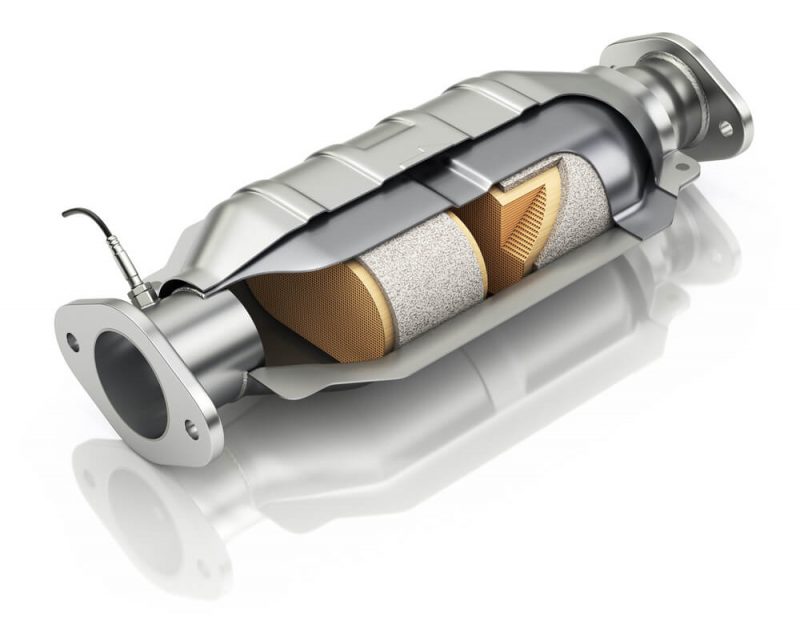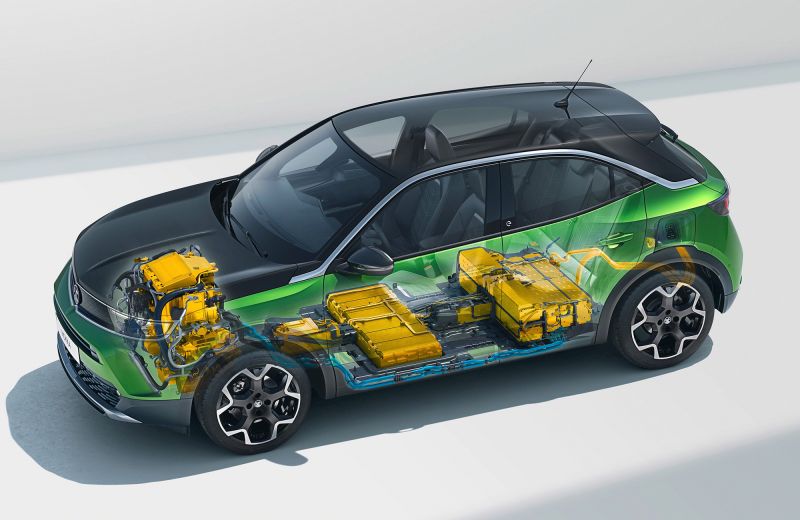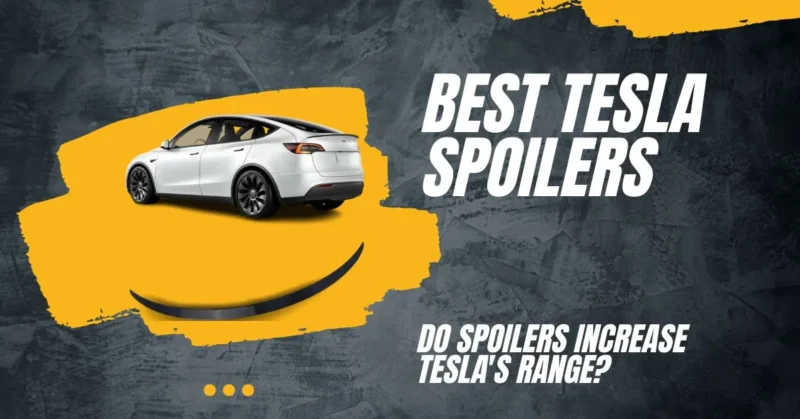When it comes to charging an electric car, drivers get confused regarding the decision of their vehicle chargers.
You may have heard about Level 1 and Level 2 chargers. But what are the differences? Learn about how each type of charger works and what to look for in both. Find out here in detail.
Levels of Electric Car Charging
Chargers for electric vehicles are of three different types. These are:
1) Level 1 Charger
2) Level 2 Charger
You may choose one of these according to your needs. This article will discuss Level 1 and Level 2 chargers and everything about these in detail.
What is a Level 1 Charger?
Facts about Level 1 Charger
- Charge Time: 30 hours (approximately)
- Charge Speed: 3-5 miles per hour
- Voltage: 240 V
- Location: Home
Level 1 is a type of charger that uses a 120-volt outlet. It can be easily plugged into any 120-volt outlet in your house. This outlet is also used for almost all household appliances, including cell phones, refrigerators, TVs, etc. Level 1 is found only at homes.
It is a cable that comes with your EV as a standard charger. The only thing you have to do is to plug into any 120 V outlet found in your home. As a result, you can spend less on its installation at home.
It charges an electric car at a prolonged speed. That’s why it is called ‘trickle charger. But one major thing about level 1 is that it is affordable. Every EV owner can purchase it.
How Does Level 1 Charger Work?
The Level 1 charger uses alternate current (AC) to power an electric car’s onboard charger. The battery of an EV is then charged using this electricity, which is subsequently transformed into direct current (DC).
The time level 1 charger takes to charge a vehicle depends mainly on your electric car’s battery size. It takes almost 30 hours to be fully recharged if you connect a nearly dead battery (0%).
It functions well since it provides a range of up to 40 miles after getting charged the whole night. If you drive short commutes daily, it can fulfill your everyday driving needs.
Each EV has a cable that connects to 120 voltage outlet and the onboard charger. A standard 3-prong household plug is attached to one end of the cord. A J1772 connector plugged into your electric car is on the other end of the cable.
It is an easy process. Put your cord into your car’s AC (alternate
current) outlet. It will start providing a 3-5 miles range after an hour.
Level 1 is the cheapest and best charging option for an EV because 120-volt outlets are widely accessible. It is ideal for drivers and their automobiles if they usually drive 1200 miles a month.
For a 60 kWh battery, it takes almost 32 hours for complete charging with a 1.9 kW charger.
Benefits of Level 1 Charger
Level 1 charger has several advantages that are given below:
- It is inexpensive.
- It can be plugged into a 120 V standard outlet, easily accessible for EV owners because it is found in every home.
- It does not need installation like other chargers, Levels 2 & 3.
- It charges your EV overnight.
Drawbacks of Level 1 Charger
- It provides prolonged charging and takes almost 30 hours to charge the battery fully.
- Level 1 uses more electricity as compared to Level 2 chargers.
- What is a Level 2 Charger?
- Facts about Level 2 Charger
- Charge Time: 4-8 hours
- Charge Speed: 12-30 miles per hour
- Voltage: 220-240 V
- Location: Home/ Commercial Places
It is a type of charger that makes use of a 240-volt outlet. Many EV owners say it is a better option for electric cars than Level 1.
It is found in both homes and commercial places. It uses a 240-voltage outlet at home, which is generally used with powerful equipment like a water heater, electric dryer, etc. It is significantly quicker.
After getting charged for an hour, it provides 12-30 miles of range. The time it takes to charge your EV entirely depends on your vehicle’s battery size. It takes almost 4-8 hours for a full recharge. If you connect your EV all night, the level 2 charger can charge it fully till morning. That’s why you don’t have to worry about running out of range.
What is a Level 2 Charger and How Does it Work?
You will require a 240-voltage outlet and an additional charger if you want to charge your EV with Level 2. Only the Level 1 charger comes with all EVs. You need to install a Level 2 charger by yourself, with an additional cost of almost $300-$700. It is only installed if you think that level 1 needs to fulfill your charging speed and range requirements.
To install it at home, you need the services of an electrician. Contrary to the Level 1 charger’s 120-volt outlet, most garages don’t commonly have 240-V outlets. The electrical panel might need to be upgraded in this situation. An update to the electric panel might cost as much as $2,500.
Don’t worry. You can also charge an EV battery by using a Level 2 charger with Neo Charge’s help. In the Smart Splitter, you may create two 240 V outlets from a single 240 V outlet in the garage if it is already being used by other equipment, such as a dryer. In addition to automatically switching power to the device that is in need, the Smart Splitter was developed to prevent you from incurring high costs of hundreds or even thousands of dollars.
Level 2 charger functions at a higher voltage. It can charge your electric car battery up to five to eight times faster than level 1.
For a 60 kWh battery, it takes almost 5 hours to complete charging with an 11 kW charger.
Benefits of Level 2 Charger
- Charging Speed is fast.
- It can be installed at home.
- One significant advantage is that it charges your EV five to eight times faster than Level 1.
- Takes less time to recharge. It can be fully restored overnight.
Drawbacks of Level 2 Charger
- It is expensive to install at home.
- Requires 240 V outlet, which is not found at home.
Difference between Level 1 Vs. Level 2 Charging:
Regarding the comparison of Level 1 vs. Level 2 charging, there are some differences between both. These differences are stated as under:
- Price
- Charge Time
- Installation
- Security
- Mobility
Price: A level 1 charger must be installed because it comes with every new EV. You don’t need to install it at an additional cost because a 120 V outlet is found at every home, and you must plug in the cable.
On the other hand, a Level 2 charger is needed to be installed at home because a 240 V outlet is not found at homes. It costs around $400-$700.
Charge Time: The level 1 charge rate is slow. For instance, if you want to travel 100 miles of range, it will take almost 25 hours to charge. Level 1 charger recharges the electric car fully in 30 hours.
On the other hand, the Level 2 charger is faster. For instance, if you want to travel 100 miles of range, it will take almost 4-5 hours. Level 2 charger recharges the electric car fully in 4-8 hours.
Installation: Level 1 is not installed at homes because a 120-volt outlet is in every home.
On the other hand, the Level 2 charger must be installed because the 240-volt outlet is away from home. You will need the services of an electrician for its setup because it requires a proper installation process.
Security: A safety switch is a standard feature of both Level 1 and Level 2 charging stations. EV chargers are designed to withstand the elements and protect drivers and vehicles against electric shock or spark. These chargers are weatherproof.
Mobility: The level 1 charger is portable and may be used whenever and wherever you want to take it. It is pretty useful.
On the other hand, the Level 2 charger cannot be moved wherever you want because it is wall-mounted.
Brief Summary of the Difference Between Level 1 and Level 2 Charging
Now, we will briefly summarize the difference between Level 1 vs. Level 2 charging stations, which we have discussed in detail. Let’s take a look at these:
[wptb id=3781]
Factors Taken into Account when Purchasing Level 2 Charger
Here, we are going to discuss three main factors that must be considered when purchasing a Level 2 charger. These factors are:
1. Amperage Option
There are several amperages of level 2 220-volt chargers available. 16 to 40 amps are the usual range for them. Although chargers of 30 and 16 Amps are most frequently used, 32 and 40 Amp chargers are also available. 6.6 kilowatts (220 x 30/1000) will be produced using a 220-Volt Level 2 charger with a 30 Amp rating. It indicates that it will deliver 6.6 kWh of electric power to a plug-in vehicle in an hour.
2. Charger Compatibility
The majority of chargers provided by reputable companies are compatible with a wide range of vehicles, including Tesla, Toyota, Ford, Chevrolet, Fiat, Volkswagen, Nissan, Mercedes, Kia, Hyundai, BMW, Renault, Mitsubishi, and Jaguar among others. Even if your vehicle doesn’t fall under one of these categories, some businesses may be able to assist you in locating a Level 2, 220-volt charger that will work with your specific vehicle. It is crucial to confirm the charger’s compatibility with your car and address any concerns you may have before making a purchase.
3. Cord Length Option
Level 2 charging wire lengths differ from one manufacturer to the other. However, reputable companies typically only offer chord lengths of 25 feet. However, a few businesses provide cables between 30 and 50 feet long, it may be excellent if you require a larger chord length than the typical case. Therefore, choosing the size of cord best for your automobile is crucial before purchasing a Level 2 charger.
Which Electric Vehicles Currently Support Level 2 Chargers?
The benefits of Level 2 chargers are increasing because many EVs use them. With a Level 2 charger, Tesla Roadster is fully charged almost in 3.5 hours. Nissan Leaf takes nearly 8 hours to recharge with Level 2 fully.
Which One is better, Level 1 or Level 2 Charger?
Level 2 EV charger is better because of its fast charging rate. If you have access to Level 2, you do not need to worry about range anxiety. If you have connected an almost dead battery, it will fully recharge it all night when you sleep. Level 2 charger is considered the best option for charging EVs.
But the only problem with this type of charger is that it requires the installation process, which includes around $400-$700. Once you have installed it at home, you do not need to pay any additional cost again.
This article has provided a detailed comparison of Level 1 and Level 2 charging stations. Level 2 is recommended as the best charger for electric vehicles due to its faster-charging speed compared to Level 1. Furthermore, you may choose the best one by going through the detail of both.

Imran is an experienced content writer who crafts engaging and informative articles for a variety of industries. With a keen eye for detail and a passion for storytelling, Imran delivers high-quality content that resonates with readers. Whether he’s writing blog posts, social media content, or website copy, Imran is committed to delivering compelling content that drives results.










